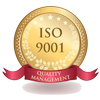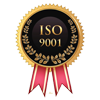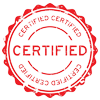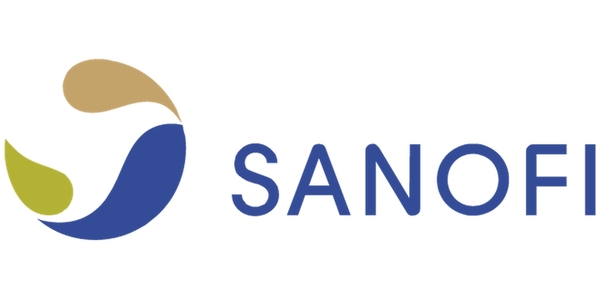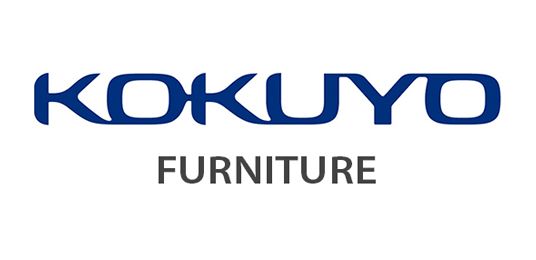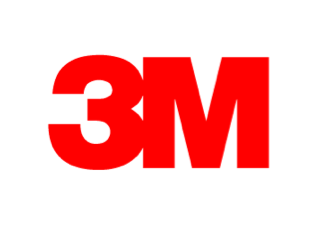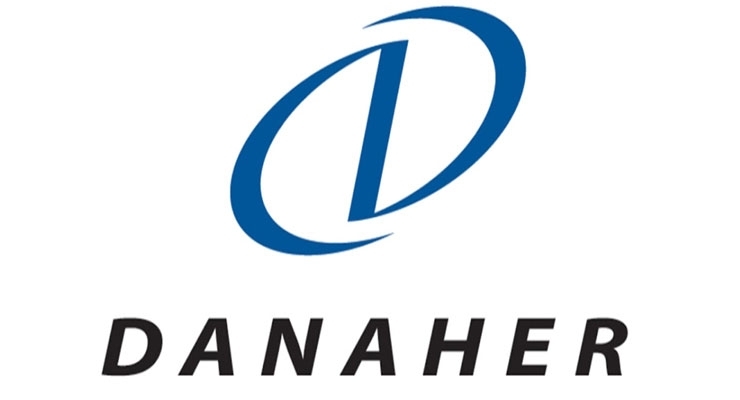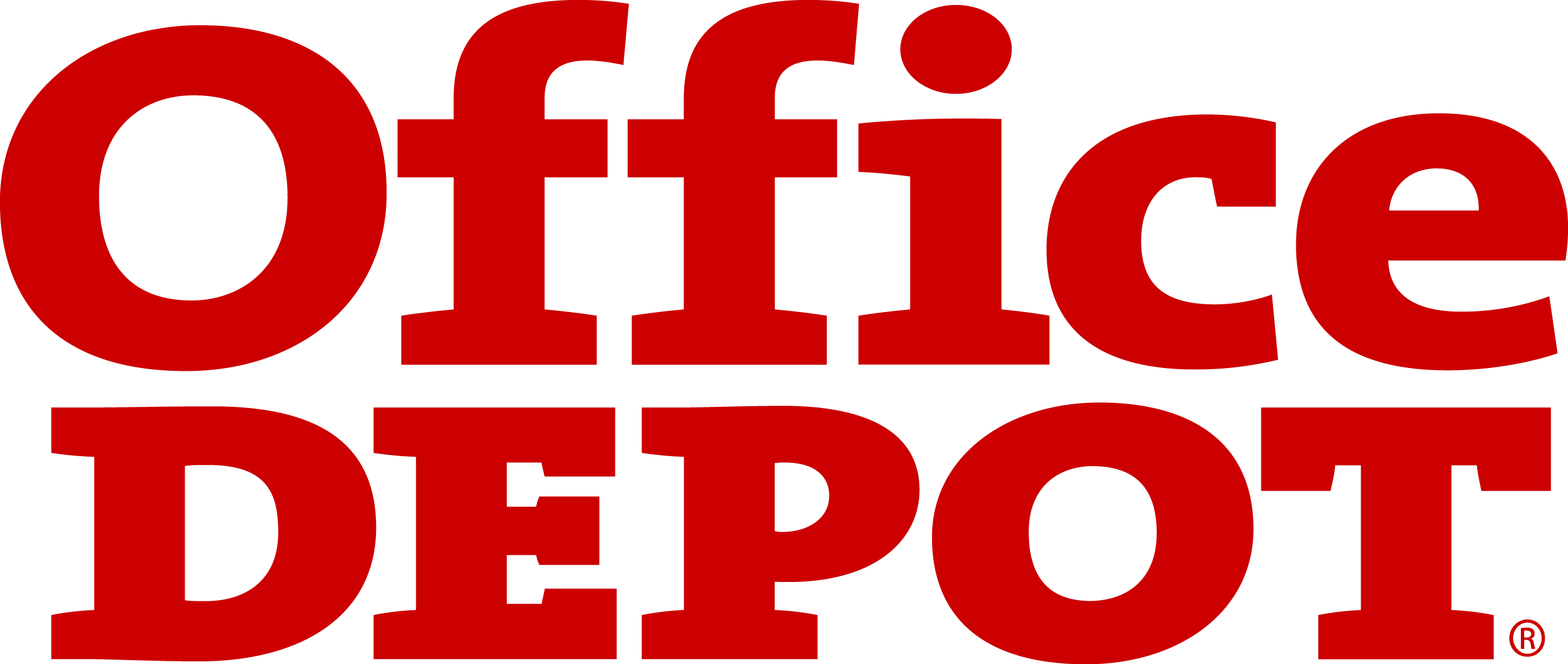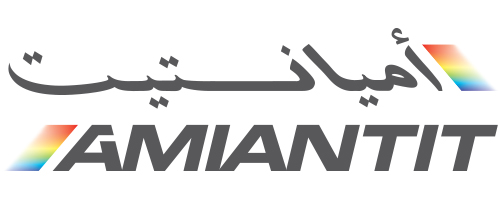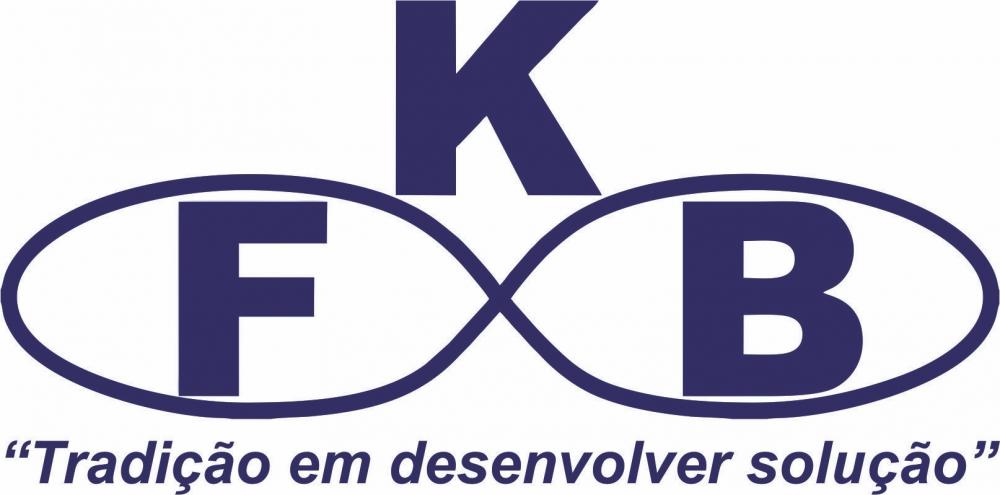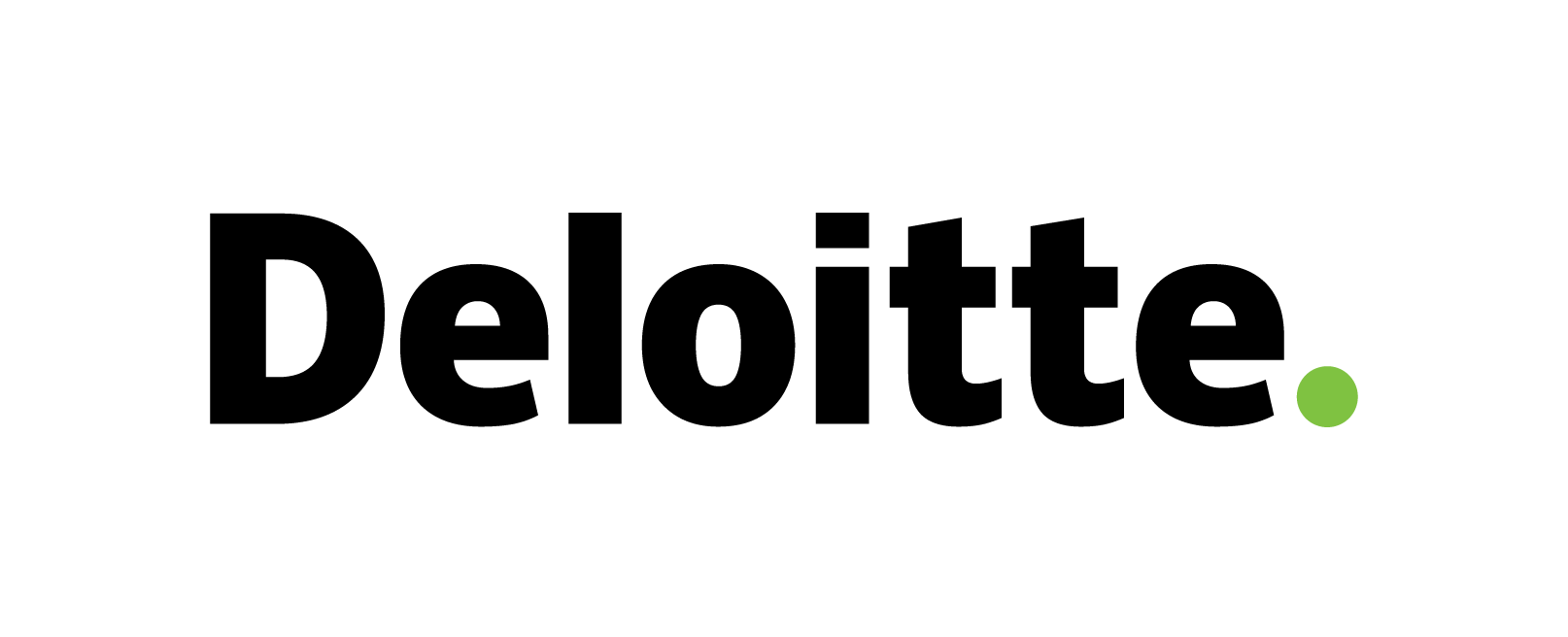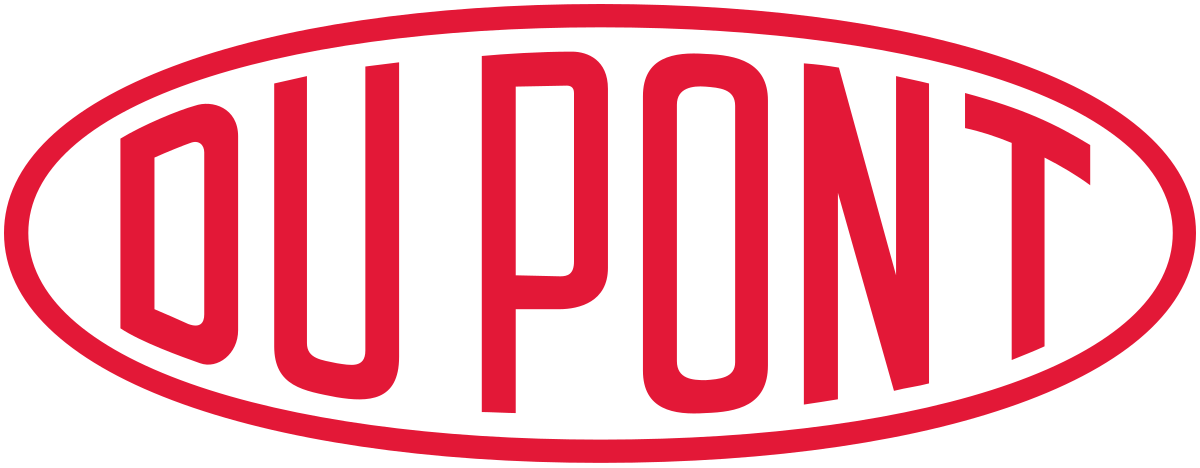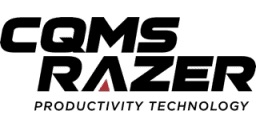Home Automation Market
Home Automation Market Trend, Opportunity, and Forecast Analysis, 2024-2032
Home Automation Market is segmented by Management, Product, Software and Algorithm, and by Region. KDMI analyst foresees market revenue to cross USD 132.8 Billion by 2032 by growing with a CAGR of 10.9% during 2024-2032.
Home Automation Market Highlights
The global home automation market is expected to cross a value of USD 132.8 billion by the end of 2032. The market was valued at USD 46.2 billion in 2023 and is expected to expand at a CAGR of 10.9% between 2024-2032.
- Over the mid-term, the growing need for convenience and comfort products is the primary factor anticipated to drive the global home automation market.
- The high cost of home automation devices is a major factor to challenge the market growth.
- The Asia Pacific home automation market is projected to dominate the global market.
Home Automation Market: Report Scope |
|
|
Base Year |
2023 |
|
Base Year Market Size |
USD 46.2 Billion |
|
Forecast Year |
2024-2032 |
|
Forecast Year Market Size |
USD 132.8 Billion |
|
CAGR Value |
10.9% |
|
Home Automation Market Key Trends/Major Growth Drivers |
|
|
Restraint Factors |
|
|
Home Automation Market Segmentation |
|
|
Home Automation Market Key Players |
Resideo, Legrand, Schneider Electric, Johnson Controls, Siemens, Ingersoll Rand, ABB, Leviton Manufacturing Company, Control4, Crestron Electronics, Acuity Brands, Lutron, Remote Technologies Incorporated , Elan, ADT, AMX, Develco Products, Vantage Controls, Savant Systems, SmartThings, Google Nest, Vera, Canary, Deako, Smartzone, Sentinel Electronics, Wink, and others. |
Home Automation Market Outlook
The integration of electronic devices, appliances, and systems with a remote monitoring system to control and automate is known as home automation. Also known as smart home technology or domotics, these systems provide convenience, comfort, security, energy efficiency, and overall quality of life to homeowners.
According to our experts at KD Market Insights, one of the primary factors associated with the growth of the global home automation market is the growing need for convenience and comfort products. People around the globe are increasingly opting for products that offer greater convenience and comfort. Home automation systems allow homeowners to control and automate various household devices and systems from a central interface or a smartphone app. Some of the systems that can be automated include lighting, heating, cooling, security cameras, and entertainment systems. Hence, the growing preference of consumers on convenience and comfort over the conventional systems is expected to drive the market growth during the forecast period. Resideo, Legrand, and Schneider Electric are some of the significant parties in the global market for home automation.
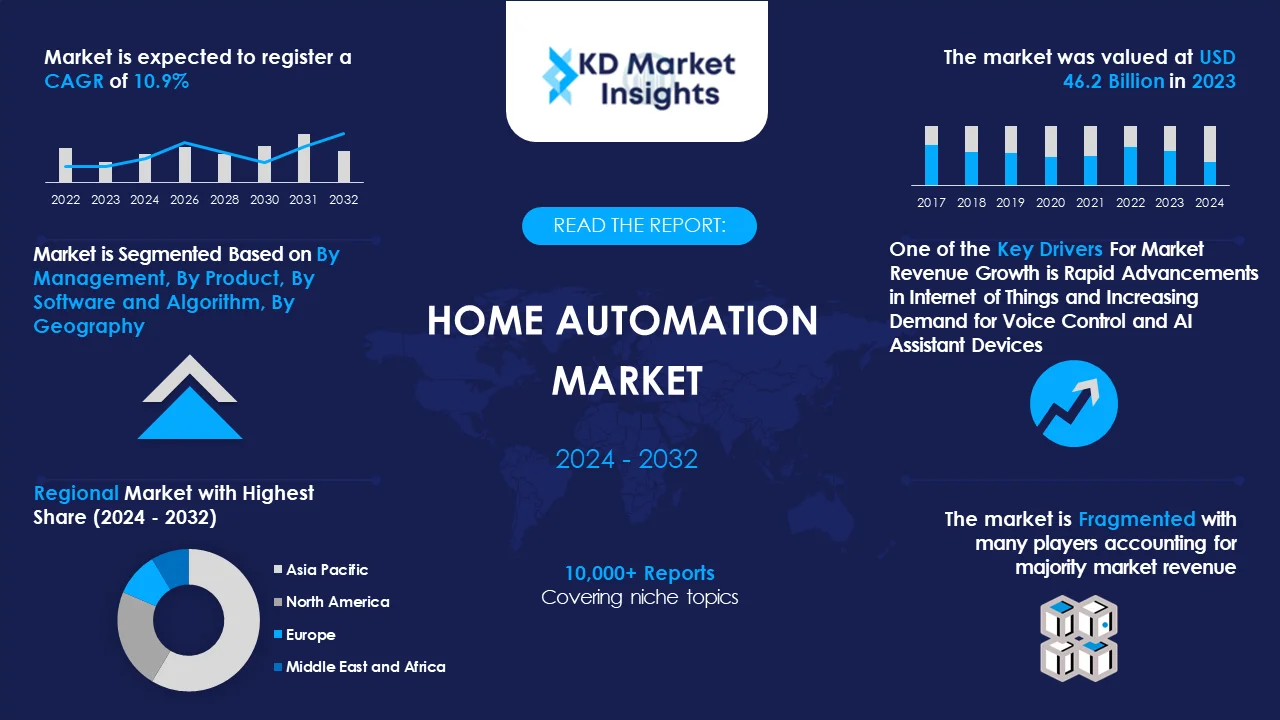 Get More Insights on This Report - Request Free Sample PDF
Get More Insights on This Report - Request Free Sample PDF
Home Automation Market Drivers – Analyst’s Observation
According to the analysts at KD Market Insights, some key growth drivers for the global home automation market are:
- Rapid Advancements in Internet of Things: The ICT industry around the globe is witnessing a massive transformation with the launch of new products and technologies day by day. One such innovation is the development of internet of things (IoT), supported by an enhanced wireless communication system. With the rapid proliferation of internet of things and other wireless communication technologies, such as Wi-Fi, Bluetooth, Zigbee, and Z-Wave among others, the development of smart home devices and systems have reached new heights, enabling seamless connectivity and interoperability between these smart home devices and the controlling unit. Such a factor is therefore expected to boost the demand for home automation products in the coming years.
- Increasing Demand for Voice Control and AI Assistant Devices: In the recent years, voice controlled devices and artificial intelligent or AI assistant devices have witnessed a skyrocketing demand among consumers globally. The growing popularity of voice-controlled virtual assistants, such as Amazon Alexa, Google Assistant, and Apple Siri have given a new approach to home automation devices, allowing users to control their devices hands-free. These enhanced user-experiences that are witnessing continuous seamless developments, is therefore expected to drive the demand for home automation products, and in turn, contribute to the market growth.
Which Probable Factors Could Hamper the Growing Home Automation Market Trend?
As per our KD Market Insights analysis, some of the challenges expected to limit the global market growth of home automation are:
- High Cost of Home Automation Devices: The cost of home automation devices is usually placed at the higher end due to the technological costs associated with it. These high cost products may therefore may not be affordable for several consumers worldwide, which is projected to refrain the market growth.
- Lack of Proper Internet Connectivity: Home automation products usually need a reliable internet connectivity for its proper functioning. The unavailability of a reliable internet connectivity in several households till date is also another factor predicted to limit the market growth in the coming years.
How is the Global Home Automation Market Segmented?
Our experts at KD Market Insights have segmented the global home automation market as:
|
By Management |
|
|
By Product |
|
|
By Software and Algorithm |
|
|
By Region |
|
What are the Probable Factors Influencing the Asia Pacific Home Automation Market Forecast?
The Asia Pacific home automation market is majorly driven by the cultural shift of the individuals living in the region towards embracing smart living and connected lifestyles, supported by rapid urbanization and an increasing disposable income of the individuals. Besides this, the presence of world’s leading technology companies and innovation hubs, who are working effortlessly to develop more advanced and affordable smart home solutions, along with an increase in the number of smart city projects across several countries in the region, are some of the major factors anticipated to contribute to the growth of the home automation market in the region.
As per our analysts at KD Market Insights, the following five players lead the Asia Pacific home automation market growth:
- Samsung Electronics Co., Ltd.
- Xiaomi Corporation
- Panasonic Corporation
- TP-Link Technologies Co., Ltd.
- Haier Smart Home Co., Ltd.
|
Key Countries to Watch for in Asia Pacific Home Automation Market |
Key Insights |
|
China Home Automation Market to Register the Largest Regional Market Share in 2032 |
USD 15.93 Billion |
|
India Home Automation Market to Grow with the Highest CAGR During 2024-2032 |
11.8% |
Which Key Players Top the Global Home Automation Market Share?
As per our analysts at KD Market Insights, the competitive landscape of global home automation market facilitates our readers in identifying their closest competitors. The manufacturers who are associated with home automation market are raising their focus on expanding their presence, as well as their market share. The market has also been witnessing an upward movement in the number of collaborations between research institutions and key players, aimed at introducing advanced technologies and innovation of new products. Here is a list of the key players who top the global home automation market share:
- Resideo
- Legrand
- Schneider Electric
- Johnson Controls
- Siemens
- Ingersoll Rand
- ABB
- Leviton Manufacturing Company
- Control4
- Crestron Electronics
- Acuity Brands
- Lutron
- Remote Technologies Incorporated
- Elan
- ADT
- AMX
- Develco Products
- Vantage Controls
- Savant Systems
- SmartThings
- Google Nest
- Vera
- Canary
- Deako
- Smartzone
- Sentinel Electronics
- Wink
What are the Recent Developments Observed in the Home Automation Market?
Over the years, the experts at KD Market Insights have been observing the recent developments associated with global home automation market trends. Our expert’s market forecast analysis has recorded the market players adopting plentiful of key strategies including new product launches, mergers & acquisitions, and collaborations.
For instance, Resideo stated that it has launched its smartphone app known as Resideo Home. This app would make whole-home monitoring possible for water, air, energy, and security.
Further, Control4 shared that it has launched the Smart Home OS 3, designed specifically to unify hundreds of connected devices within the home to control them all from a single platform.

Need Customized Report for Your Business ?
Utilize the Power of Customized Research Aligned with Your Business Goals
Request for Customized Report- Quick Contact -
- ISO Certified Logo -
